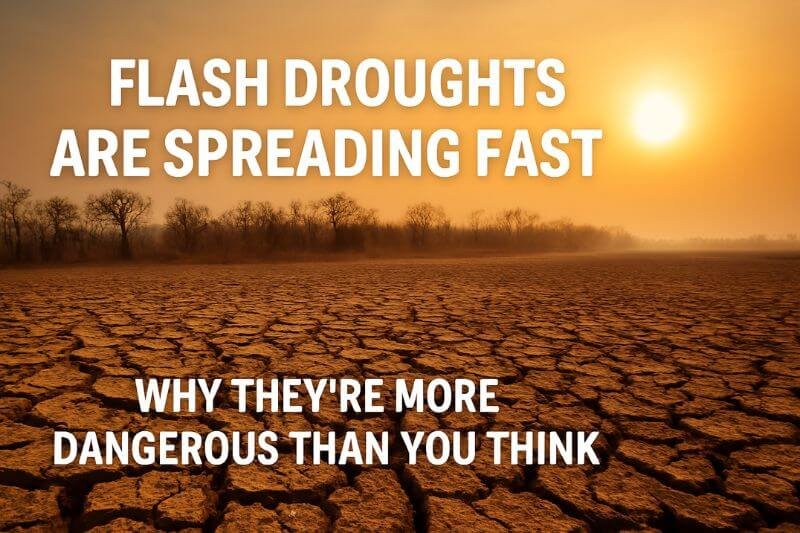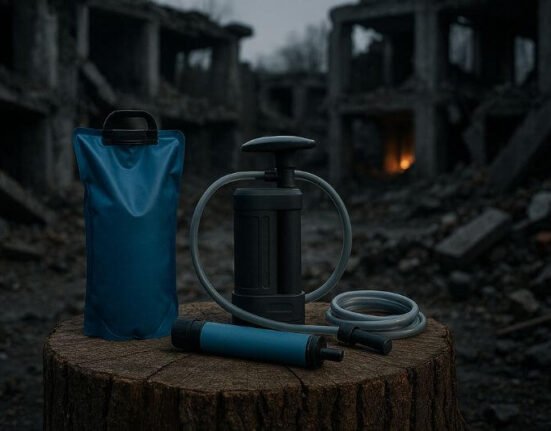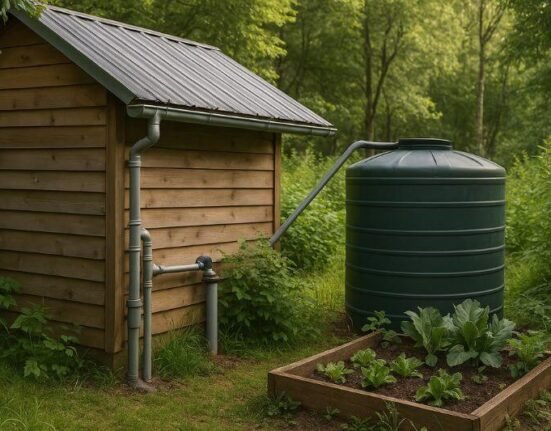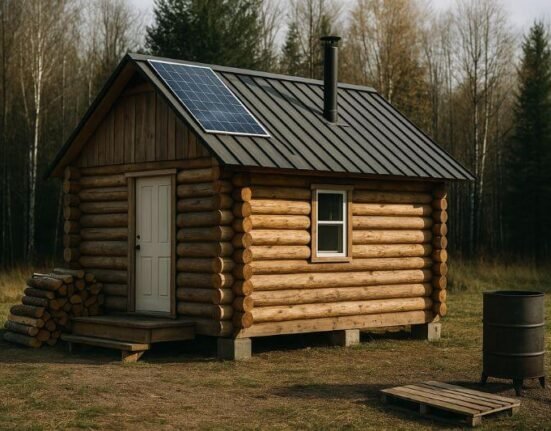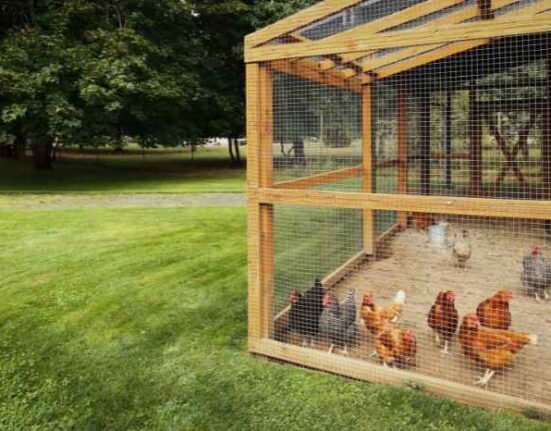Why They’re More Dangerous Than You Think
When Drought Hits Without Warning
Imagine waking up one morning to fields of green, and just two weeks later, staring at cracked soil and dying crops. No slow decline. No time to prepare. Just sudden, brutal dryness.
This is the terrifying nature of flash droughts—a rapidly emerging climate disaster few are talking about. Unlike traditional droughts, which build over months, flash droughts can strike in days, with devastating consequences for agriculture, water supply, and entire ecosystems.
And as climate change accelerates, these events are becoming more frequent, more intense, and far more unpredictable.
In this article, we explore what flash droughts are, why they’re so dangerous, and most importantly, how to prepare for one before it’s too late.
What Are Flash Droughts?
A flash drought is a rapid-onset drought characterized by:
- Sharp drop in soil moisture
- High temperatures
- Low humidity
- Strong winds
- Sudden reduction in rainfall
These events develop within days or weeks, rather than months, and often go unnoticed until crops, trees, and water systems start failing.
Key Features:
- Occur in normally humid or temperate areas
- Often follow periods of abundant rain
- Can destroy crops in under 10 days
- Rarely forecasted accurately
🔎 Focus Keyword: flash droughts
Why Are Flash Droughts Increasing?
Climate scientists agree: global warming is supercharging the water cycle.
Causes Behind the Surge:
- Rising Global Temperatures
- Warmer air holds more moisture
- Evaporation increases rapidly
- Erratic Precipitation Patterns
- Sudden wet spells followed by long dry gaps
- Jet Stream Instability
- Shifting wind patterns disrupt weather flow
- Land Use Changes
- Deforestation and urban expansion affect ground absorption
Even the U.S. National Oceanic and Atmospheric Administration (NOAA) has warned that flash droughts could become the dominant drought type in several regions by 2035.
Where Are Flash Droughts Happening?
Flash droughts are no longer rare or regional. They’ve already crippled agriculture, drinking water systems, and food exports in multiple countries.
Global Examples:
- United States (2022–2023): Midwest corn belt lost billions in yields.
- China (2022): Yangtze River hit record lows within 3 weeks.
- Brazil (2023): Flash drought affected over 80% of the Amazon basin.
- Spain & Italy (2023): Olive and grape harvests collapsed in less than a month.
- Australia (2024): Livestock died en masse as water sources vanished.
No continent is safe. Flash droughts are silent, swift, and indiscriminate.
Economic and Social Impacts
The effects of flash droughts are amplified by how unprepared populations are. Unlike hurricanes or wildfires, there’s rarely a forecast, warning, or evacuation order.
Key Impacts:
- Crop failure (especially corn, soy, rice, and wheat)
- Livestock death
- Reservoir depletion
- Hydropower outages
- Drinking water crises
- Food price spikes
- Mass migration from rural zones
In 2023 alone, flash droughts in Asia and Europe led to a 16% increase in global grain prices—triggering protests in over a dozen countries.
How Flash Droughts Differ from Traditional Droughts
| Feature | Traditional Drought | Flash Drought |
|---|---|---|
| Onset Speed | Slow (months) | Rapid (days–weeks) |
| Forecastability | Easier to monitor | Hard to predict |
| Public Awareness | Higher | Often unknown |
| Recovery Time | Long | Extremely long |
| Main Trigger | Rain deficit | High evapotranspiration |
The “shock factor” of flash droughts is what makes them so dangerous.
The Survivalist’s Guide to Flash Drought Preparedness
If you’re waiting for the government or media to sound the alarm, it will be too late. Flash drought preparedness is now a core pillar of climate survival strategy.
Here’s how to build a drought survival plan that works.
1. Build Long-Term Water Independence
Relying on city water lines or shallow wells is a mistake in a flash drought scenario.
✅ Install:
- Rainwater catchment systems (with UV filtration)
- Deep well pumps with manual or solar backup
- Buried water storage tanks (with sediment protection)
- Greywater recycling systems
✅ Stock:
- Water purification tabs (chlorine dioxide)
- Filters (Berkey, Sawyer, LifeStraw)
- Minimum 100 gallons per person
2. Grow Drought-Resilient Food
Shift away from high-water crops. Flash droughts will wipe out traditional gardens.
✅ Plant:
- Sweet potatoes
- Amaranth
- Quinoa
- Okra
- Sunflowers
- Moringa
✅ Practice:
- Mulching to retain soil moisture
- Drip irrigation fed by gravity tanks
- Shade cloth use for young plants
Grow with the expectation of less water, not more.
3. Fortify Your Soil
Soil is your water bank. If it’s dead, nothing survives.
✅ Use:
- Biochar to retain moisture
- Compost layers for water-holding capacity
- Deep mulch (leaves, straw, wood chips)
- Mycorrhizal fungi to improve root absorption
Test your soil and rebuild it as a living sponge.
4. Upgrade Shelter and Cooling Systems
Heat waves often come with flash droughts. Prepare for both.
✅ Retrofit:
- Reflective roofing
- Cross-ventilation
- Solar-powered fans
- Earth berms / underground shelters
✅ Store:
- Rehydration salts
- Cooling gel packs
- Thermal insulation blankets
- Battery-powered thermometers
5. Monitor and Forecast (Better Than Governments Do)
Don’t rely on weather apps.
✅ Track:
- Soil moisture data from satellites (SMAP, OpenET)
- Vegetation health indexes
- NOAA and NASA anomaly reports
- Local wind + evapotranspiration trends
✅ Build a routine:
- Daily microclimate logs
- Rain gauge readings
- Backup barometers
Observe and adapt early.
Flash Droughts and Urban Collapse
In cities, flash droughts are even more dangerous due to:
- Concrete heat traps
- Dependency on long supply chains
- Population density
- Lack of independent water sources
When taps dry up, panic spreads faster than the heat.
📌 Build a bug-in and bug-out water plan
📌 Know your city’s hidden water points (abandoned wells, parks, maintenance taps)
Could Flash Droughts Lead to Civil Unrest?
They already have.
- Iran (2021): Protests erupted after rivers vanished within weeks.
- India (2019): Chennai ran out of water in 2 weeks. Water trucks were hijacked.
- South Africa (2018): Cape Town reached “Day Zero.” Police had to guard reservoirs.
Water is the new oil—and the first to run out.
What Governments Are (Not) Doing
Most climate policies focus on CO₂ targets and carbon trading, not real adaptation.
Very few governments have:
- Flash drought emergency plans
- Agricultural redesign strategies
- Civilian water rationing protocols
In short, you are on your own. And you need to act accordingly.
Don’t Wait to Get Thirsty
Flash droughts aren’t just fast—they’re quiet. By the time the news reports on them, you’ve already lost your crops, your soil, and maybe your water.
This is a new class of climate threat, and it’s not theoretical. It’s here. It’s fast. And it will be worse next time.
Survival will come down to what you’ve done before the drought arrives.
So don’t wait to get thirsty.
Prepare now. Stay ready. And adapt faster than the weather changes.









